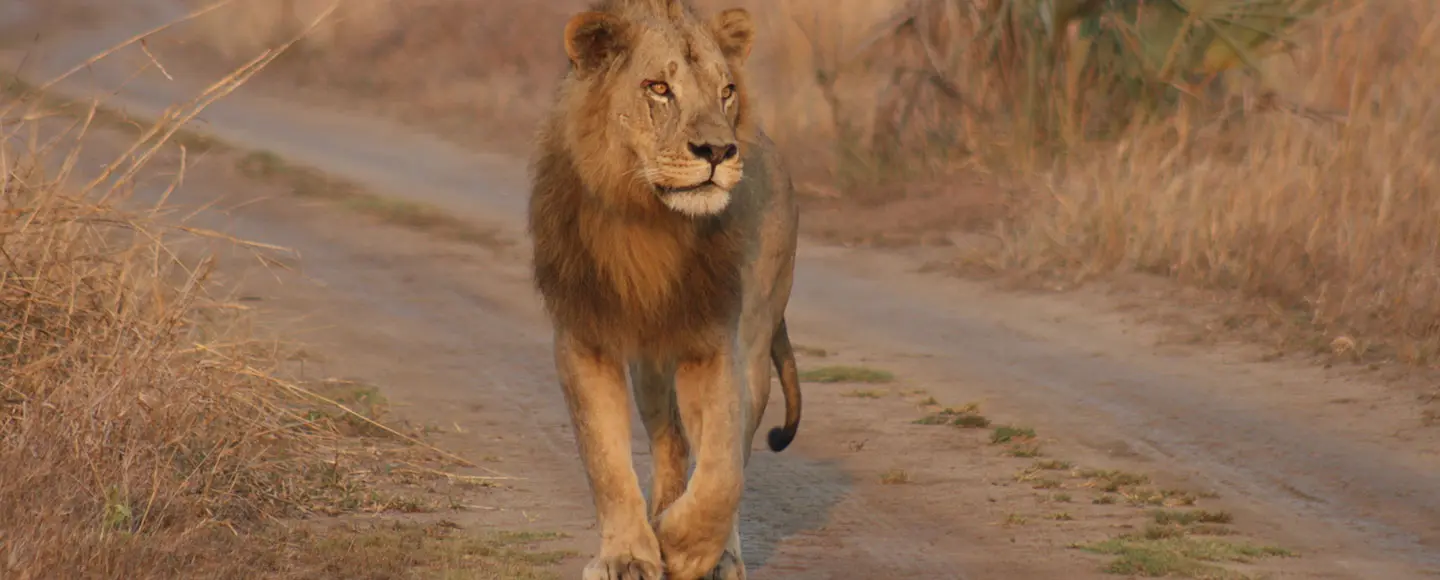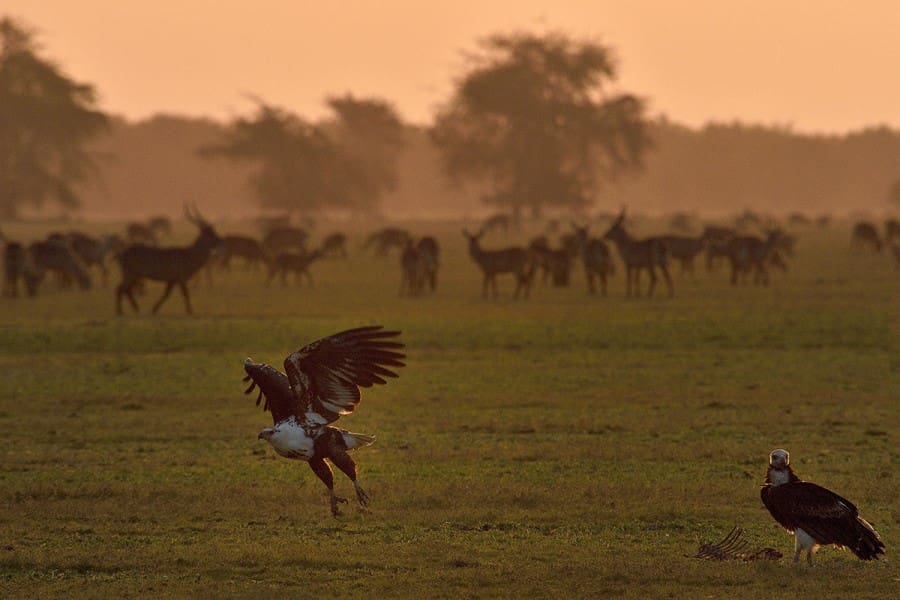Language
- Deutsch
- English
- Español
- Français
- Italiano
- Nederlands
- Português
Currency
- AUD Australian Dollar
- CAD Canadian Dollar
- EUR Euro
- GBP Pound Sterling
- SGD Singapore Dollar
- USD US Dollar
- ZAR Rand

A ribbon-like country with palm-lined coasts and huge reserves, Mozambique is once again establishing itself not only as a top choice for beach holidays, but also as the destination for wild and remote big game safaris. This rapid rise in Mozambique's safari status is largely thanks to the restoration of the country's flagship reserve, Gorongosa National Park.
A biodiversity hotspot of floodplains, wetlands, acacia-dotted grasslands and an isolated mountain covered in rainforest, Gorongosa was once home to some of the greatest concentrations of wildlife in Africa. It was documented that you could aim a camera in any direction in the park and fill the screen with animals running, hunting, feeding and flying.
That was before Mozambique's devastating civil war (1977 to 1992) which decimated wildlife numbers to leave Gorongosa all but forgotten – about 90 percent of the park's animals disappeared. But now the tide has turned for Gorongosa. Thanks to a long-term partnership (which started in 2004) between the Mozambique government and the US-based Gregory C. Carr Foundation, the ambitious and hugely successful Gorongosa Restoration Project is returning this magnificent wilderness to its former glory.
And the results speak for themselves. Although not yet at the level of a Serengeti or Kruger safari, game viewing at Gorongosa improves rapidly every year. The park’s Lake Urema now teems with hippo and crocodile while oribi, waterbuck and impala graze on its floodplains. Since 2004, the Gorongosa Restoration Project has successfully reintroduced wildlife like buffalo, elephant and lion tothe park, and 2018 saw the exciting release of a pack of African wild dogs.

As for the birdlife, it wasn't seriously affected by the war and Gorongosa is considered one of the top birding destinations in south-east Africa. Late in the dry season (about August to September), the remaining water sources attract birds like stork, egret and hammerkop. The park's avian richness expands further in the wet season (about December to April) when migratory birds arrive to feed.
A Gorongosa safari offers so much more than a traditional safari. It is the chance to feel part of what is perhaps Africa's greatest wildlife restoration story, and you can explore this phenomenal wilderness on foot, by vehicle and by boat. You can also meet the people behind this inspiring story – ecologists, researchers and scientists – and visit nearby villages to see how Gorongosa's 21st Century conservation model balances the needs of wildlife and local people. National Geographic featured an inspiring article and short film about how conservation is being redefined in Gorongosa National Park.
To spend a few unforgettable days in Gorongosa, simply get in touch with one of our Africa Safari Experts to help you tailor-make the perfect Mozambique safari itinerary.
Help Me PlanBird watching
Cultural interactions
Wildlife and safari